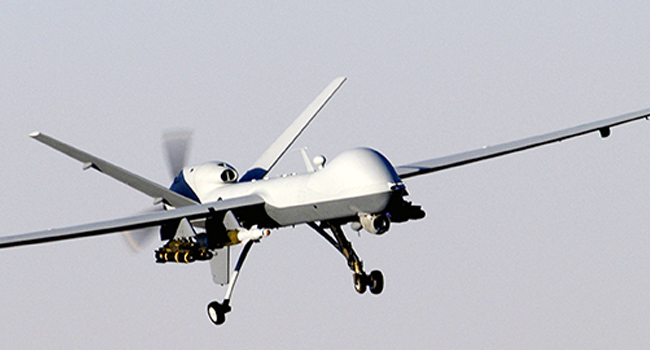
US Air Force Drone Fleet Fizzles
- By Ginger Hill
- Jan 05, 2015
An internal memo from the U.S. Air Force has surfaced, stating that the military branch’s fleet of drones is being strained as they have enough MQ-1 Predators and MQ-9 Reapers, they just don’t have the manpower to operate these machines. Of course, this “breaking point” as the memo identifies it, is happening at the exact time these unmanned aircraft are most needed…to fight ISIS.
This situation is so dire that the Air Combat Command (ACC), the group responsible for training and equipping combat forces, is balking at the Pentagon’s demand for 65 drone combat patrols as early as April 2015.
As ACC commander Gen. Herbert “Hawk” Carlisle puts it, “I am extremely concerned.”
The Air Force wants a crew ratio of 10:1 for each drone orbit during normal, everyday operations, but at present, ACC squadrons are operating at less than an 8:1 ratio.
“This directly violates our red line for RPA [remotely pilot aircraft] manning and combat operations,” said Carlisle.
This overwhelming demand has also forced the Air Force to overwork their drone crews, cancel their leaves and have damaged their careers because they were not able to attend required military education courses.
The result? The Air Force is losing drone operators. Currently, there are about seven pilots for every eight drone pilot slots.
About the Author
Ginger Hill is Group Social Media Manager.